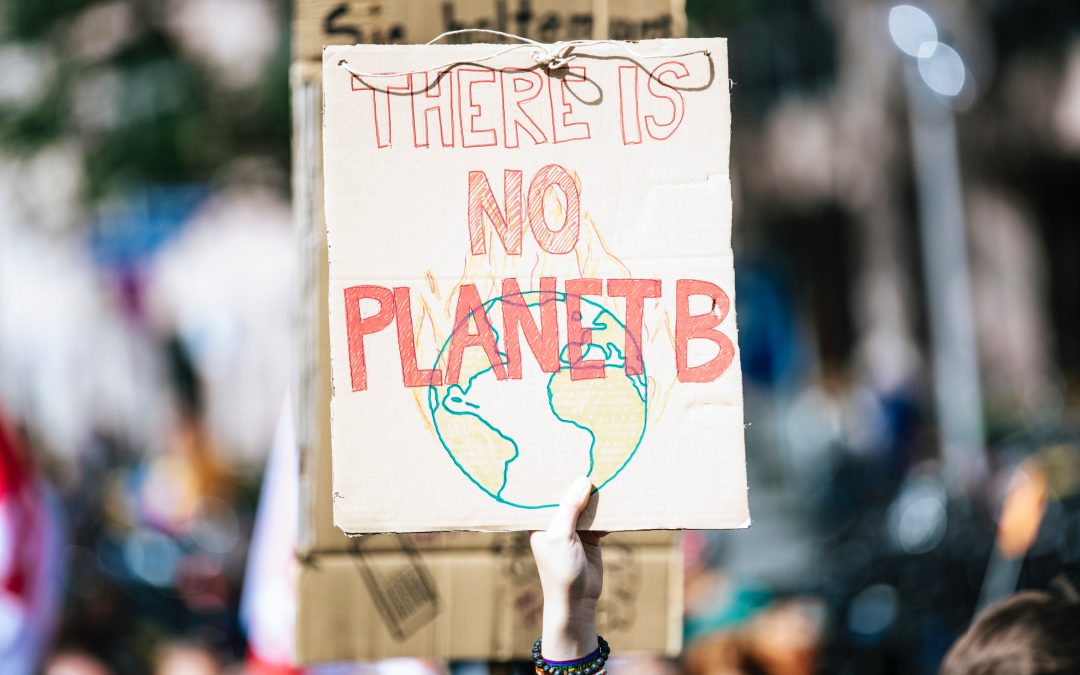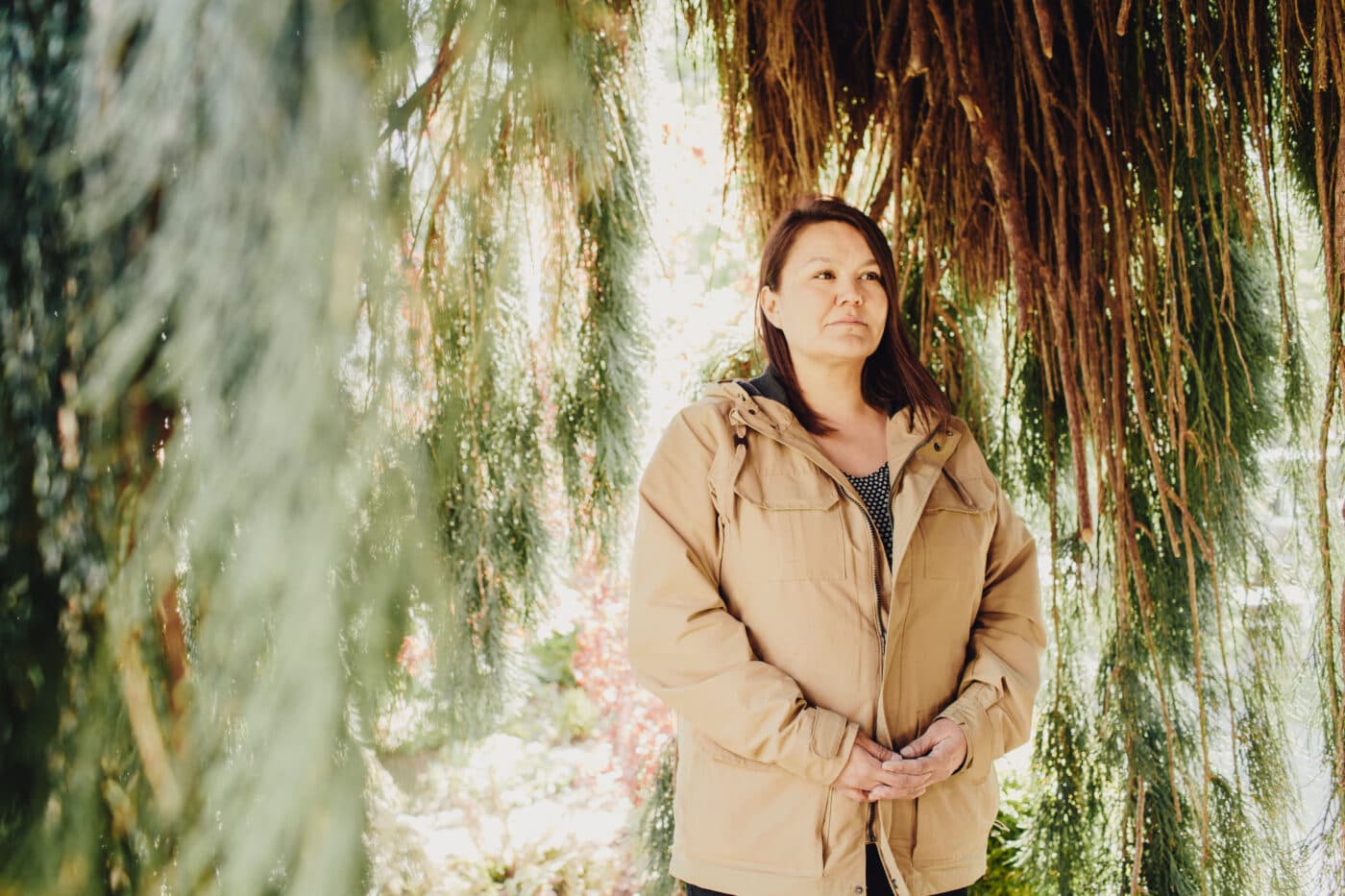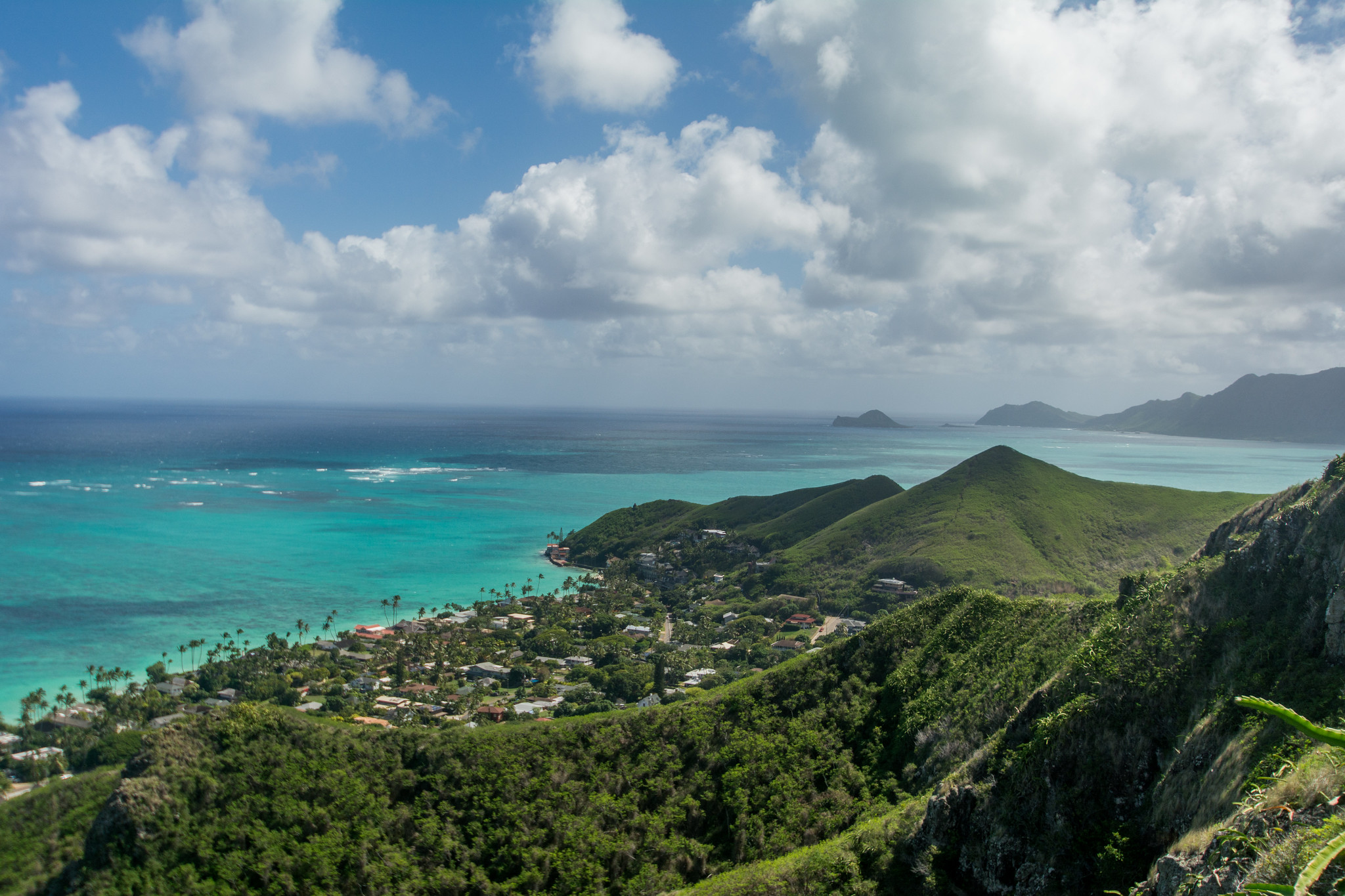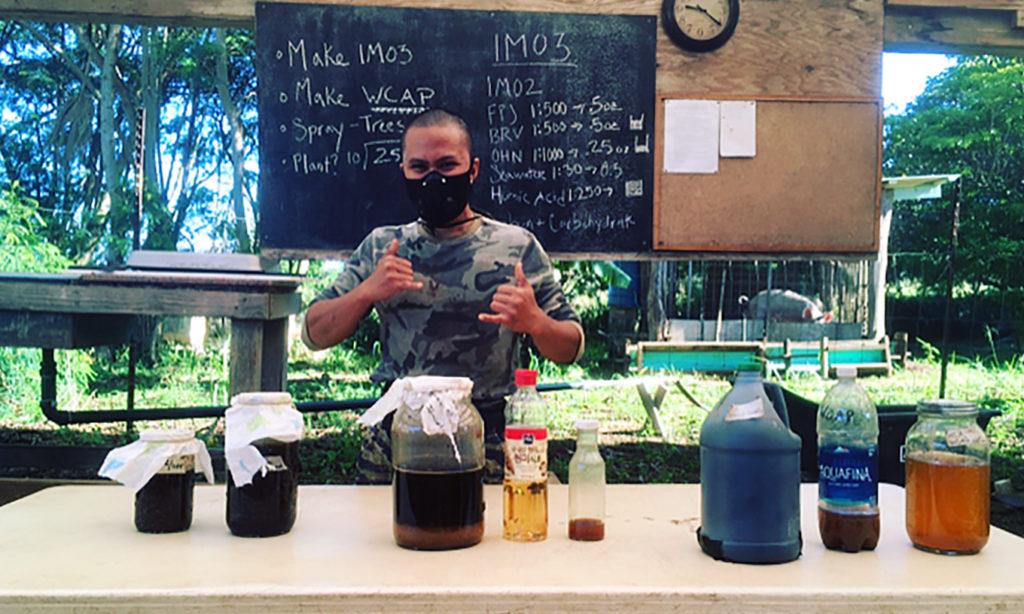
How to Build a Coalition
Editor’s note: The ability to work with others who we may disagree is fundamental to organizing in a socially fractured, multi-polar world. But doing so is difficult, distasteful, and increasingly rare in our filter-bubble modern experience, where people we disagree with are purged in service of the creation of ideological echo chambers. Today’s essay speaks to the necessity and challenges of such coalition-building.
Before we begin, we would like to share with you some actionable advice for coalitions. Building principled alliances depends on a series of steps that must be undertaken with intelligence and great care:
1. Movement Building. You cannot build an alliance as an individual. Alliances are built between organizations. We will assume here you have already done the work of identifying the core issues you are trying to address, articulating your core values, and bringing together a team/organization to take action.
2. Objectives. Alliances depend on you clearly understanding what you are trying to achieve. Determine your objectives. Ensure they are SMART and practical. You may also wish to sequence objectives along a timeline towards your broader strategic goals.
3. Understand the Political Context. Conduct a spectrum of allies exercise. Identify communities, individuals, and organizations who are involved in the situation or may be swayed to take part, and how sympathetic they are to your perspective.
4. Determine Potential Allies. Determine which organizations you will focus on for alliance building. Usually, this is not the “easy allies” who will work with you regardless of what you do. Instead, pivotal allies are often found among the ranks of those who are ambivalent or opposed to your organization in some way. Focus on key individuals, usually either formal or informal leaders. Research these people and identify areas of overlap, shared values, and how to effectively communicate with them.
5. Build Relationships and Negotiate. Talk with potential allies. Begin to build a relationship. Do not gloss over disagreements, but focus on areas of mutual benefit and overlapping values. Propose specific ways work together towards shared goals. Keep in mind that collaboration can fall along a spectrum from public to private, that political considerations may prevent certain approaches, and that building trust takes time.
By Jaskiran Dhillon / ROAR Magazine
They called it the heat dome.
The hottest temperatures ever recorded in the US Pacific Northwest and far southwest Canada appeared in the summer of 2021 with the force of an invisible, slow-motion siege. Meteorologists tracking the silently rising tidal wave of heat broadcasted maps painted in shades of crimson, alerting a sleeping public to a summer gone blazing red. The headlines said it all: “This Summer Could Change Our Understanding of Extreme Heat,” “Sweltering Temperatures Expected Across U.S. Due to Heat Dome,” and “Western Canada Burns and Deaths Mount After World’s Most Extreme Heat Wave in Modern History.”
Created through a high pressure system that causes the atmosphere to trap very warm air — and precipitated, in part, through heat emerging from increasingly warming oceans — a heat dome produces extreme temperatures at ground level that can persist for days or even weeks. In British Columbia, Canada, thermometers were registering the air at an alarming 49.6 degrees Celsius, with similar highs in the states of Washington and Oregon, immediately south of the border, exposing US and Canadian residents to the type of extreme weather events countries in the Global South have been experiencing for years. But this kind of heat does not just live in the air that we breathe — it envelopes everything it touches, leaving a trail of death, destruction, and urgent questions about the future.
For climate scientists who have been studying the intensification of heat wavesover the last decade, the results of the heat dome were predictably devastating. The British Columbia Coroners Service identified 569 heat related deaths between June 20 to July 29, and 445 of them occurred during the heat dome. A human body exposed to severe and relentless heat is a body under duress, a body working overtime: when subjected to an elevation in air temperatures, our bodies draw additional blood to the skin to dissipate heat — a natural cooling system designed to maintain optimal body temperature. This process becomes more strained when the temperature continues to rise, without the reprieve of cooling; oxygen consumption and metabolism both escalate, leading to a faster heart rate and rapid breathing. Above 42 degrees Celsius, enzyme and energy production fail and the body is in danger of developing a systemic inflammatory response. Eventually, multi-system failure can occur.
And humans were not the only beings impacted. According to an article published in The Atlantic in July 2021, billions of mussels, clams, oysters, barnacles, sea stars and other intertidal species also died. A number of land-based species also fared badly, buckling in the sweltering and suffocating air, creating a dystopic tale of “desperate and dying wildlife.”
To put it plainly: the physiological stress of extreme heat on living organisms is life threatening — in particular for human beings: baking to death is a real possibility if you do not have access to cooling systems, or if you are one of the millions of people who live in parts of the world where climate change has increased your chances of exposure to extreme heat and comprehensive adaptation strategies have yet to be developed.
Our bodies are not meant to work this hard under these kinds of conditions — and neither is the planet.
A Profound Imbalance of Power
So how did we arrive here? A rapid attribution analysis of the heat dome conducted by a global team of scientists revealed that the occurrence of this kind of heat wave was virtually impossible without human-caused climate change. Their results came with a strong warning: “our rapidly warming climate is bringing us into uncharted territory that has significant consequences for health, well-being and livelihoods. Adaptation and mitigation are urgently needed to prepare societies for a very different future.” The situation is only expected to get more dire — three billion people could live in places as hot as the Sahara by 2070 unless we address climate change with radical action and address it now.
The Sixth Assessment Report of the Intergovernmental Panel on Climate Change, released in August 2021, mirrors a similarly grave picture of our current climate reality and forecast of what lies ahead. In a bold, oppositional move against national governments who have edited the findings of such assessments in the past, a group of scientists leaked the third part of the report which reveals, in unequivocal terms, how fossil fuel industries propped up by state governments are some of the largest contributors to our current environmental condition and what needs to be done to shift course.
The report reminds us that human influence has warmed the climate at a rate that is unprecedented in at least the last 2000 years with a near-linear relationship between cumulative anthropogenic CO2 emissions and the global warming they cause. This means that we are no longer waiting for the arrival of climate change — it is here. It lives in the stifling hot air we breathe during unanticipated heat waves. It is the reason droughts are becoming more severe and at the same time flooding is driving millions of peoples’ lives into chaos, precariousness, and displacement. It explains why Arctic ice has reached its lowest levels since at least 1850. Ocean acidification exists because of it. And it is the driver behind environmental conditions that are expected to produce 200 million climate migrants over the next 30 years. We do not need more evidence. The science could not be more clear.
Human influence has warmed the climate at a rate that is unprecedented in at least the last 2000 years.
The answer to how we ended up here, however, cannot be collapsed into a homogenized “all of us are to blame” scenario that does little to differentiate how countries like the United States and other western nations have produced the vast majority of the carbon emissions that have led to this point of immense and disastrous planetary change. The US has contributed more to the problem of excess carbon dioxide than any other country on the planet, with the largest carbon footprints made by wealthy communities — the higher the household income, the greater the emissions. In fact, a Scientific American article explains that the United States, with less than 5 percent of the global population, uses about a quarter of the world’s fossil fuel resources — burning up nearly 23 percent of the coal, 25 percent of the oil, 27 percent of the aluminum and 19 percent of the copper.
A recent Oxfam report, Confronting Carbon Inequality, provides staggering revelations about the way correlations between wealth and carbon emissions extend out to the global context: the richest 1 percent on the planet are responsible for more than double the emissions of the poorest half of humanity, and the richest 10 percent in the world are accountable for over half of all emissions. Wealthy individuals and communities, though, are not the only source of dangerous and excessive carbon emissions — global corporations dedicated to the ongoing development and flourishing of fossil fuel energy infrastructure are also a major, if not the largest, part of the problem.
If we zoom in even further, it becomes apparent that the relationship among racial capitalism, colonialism and climate change lies at the center of a critical understanding of the Anthropocene given that colonialism and capitalism together laid the groundwork for the development of carbon intensive economies that have prioritized capitalist accumulation — in all of its destructive forms — at the expense of everything else. As Potawatomi philosopher Kyle Whyte explains, with respect to the specific experiences of Indigenous peoples on Turtle Island, “the colonial invasion that began centuries ago caused anthropogenic environmental changes that rapidly disrupted many Indigenous peoples, including deforestation, pollution, modification of hydrological cycles, and the amplification of soil-use and terraforming for particular types of farming, grazing, transportation, and residential, commercial and government infrastructure.”
These critiques are not new: Indigenous leaders throughout the world have been sounding the alarm about impending ecocide derived from the never-ending cycle of extraction and consumption for as long as settler colonies like the United States have been in existence. They have also reminded us that other kinds of worlds are possible, worlds that are built on care, reciprocity, interdependence and co-existence as opposed to structural violence, dispossession and domination.
Not surprisingly, then, a social, political and economic arrangement of our world that is anchored to colonialism and imperialism has resulted in massive disparities in terms of disproportionate impact — race, class and gender are deeply woven into the experience and violence of climate catastrophe. In the Global South, the crisis has been producing perilous and deadly climate-related events in numerous countries for over a decade, well preceding the notable arrival of the heat dome in the United States and Canada in the summer of 2021.
In Sudan, for example, temperatures are consistently rising, water is becoming more scarce and severe droughts are commonplace, producing major problems with soil fertility and agriculture. Southern Africa is warming at twice the global rate: 2019 alone saw 1200 climate related deaths. Bangladesh, often referred to as “ground zero for climate change” despite having contributed as little as 0.09 percent to global cumulative CO2 emissions, has experienced a major surge in flooding which has resulted in the destruction of millions of homes, created numerous obstacles in crop production, and caused an alarming escalation in food insecurity.
People all over the globe are living on the front lines of a planet-wide crisis that has been produced far outside the boundaries of their own communities. To make matters worse, climate researchers from the Global South face multiple challenges obtaining funding for their projects and getting their research in front of the global community of scientists — largely from Western states — who are driving the agenda of adaptation. COP26 was illustrative of this problem of access — given the uneven distribution of vaccines, many climate organizers and scientists from the Global South, as well as Indigenous leaders, were unable to attend the conference that had been heralded as the “last chance to save humanity.” Perhaps this was one of the reasons that COP26 was such a catastrophic failure. There is a profound power imbalance within the context of the climate crisis which sits alongside vital questions about social inequality and shared responsibility.
A Framework of Internationalism
In the face of such grim and devastating projections, sidestepping into the hopelessness trap seems like the easiest place to land, but millions of people across the globe do not have the luxury of retreat or denial — and if we consider the long game, none of us do. How do those of us who are determined to act on climate change think about what it means to actualize global solidarity and mass mobilization within the context of this historical moment where everything is at stake? What are some of the political guideposts that should lie at the heart of what it means to be a climate organizer?
One thing that immediately comes to mind is that our mobilizations around climate change and environmental justice must be guided by an internationalist framework that is both anti-colonial and anti-capitalist. A consistent focus on the ways that “here is deeply connected to there and there is deeply connected to here” necessitates that we never lose sight of the fact that the vast majority of people in the world who are staring down the devastation of climate change at this moment have not had a hand in producing it.
We can take our cue from youth climate organizers in this regard. In Philadelphia, as a case in point, activists with Youth Climate Strike have been mobilizing protests in the streets while operating with a direct line to internationalism — linking struggles for environmental justice in the neighborhoods in which they live with the devastation of the climate crisis in the Global South. Their organizing transcends geographical boundaries, demanding that those of us in the Global North open our eyes and act on our responsibility to communities locally and to the rest of the world for a climate catastrophe that is, in large part, made in the United States.
A framework of internationalism, however, must also include foregrounding a critical analysis of the ways that racial capitalism continues to wreak havoc on the planet. Indeed, countries like the US function as part of a much larger constellation of imperial projects that produce great suffering, initiate catastrophic death, and remake ecologies and modes of relationship in order to facilitate the movement of capital. The Zapatistas knew this in 1994 when they made their “First Declaration from the Lacandon Jungle.” The Standing Rock Sioux stood in opposition to this when they launched their epic battle against the Dakota Access Pipeline in 2016. And communities in Guyana are pushing back against this as they organize in response to the expansion of Exxon’s oil extraction which expects to send more than two billion metric tons of CO2 into the atmosphere.
A framework of internationalism must also include a critical analysis of the ways that racial capitalism continues to wreak havoc on the planet.
A related reason that an internationalist and anti-colonial framework is so vital in this moment of climate organizing is that imperialism goes hand in hand with environmental destruction. That is to say, imperial projects such as the United States’ 20-year colonial occupation of Afghanistan has not only left countless Afghan citizens in a situation of immense danger and precariousness since the reinstatement of the Taliban, but has also left the country in a state of environmental wreckage. This destruction is evident in rampant deforestation, which proliferated during the turbulence of such a long war, and a rise in toxic air pollutants that were released by US armed forces through trash burning — and other military activities — and are making Afghani people chronically ill because they increase the risk of cancer and other diseases. Defunct military bases also require environmental remediation before the land can be used for life giving instead of life taking purposes.
A recent report from Brown University’s The Cost of War Project confirms that the United States spends more on the military than any other country in the world — substantially more than the combined military spending of Russia and China. The use of military force requires a great deal of energy, and most of it in the form of fossil fuels. As a result of this monstrous commitment to militarization, the US war machine is one of the largest polluters on the planet with this cataclysmic damage extending out to the other colonial projects supported through US tax dollars.
The war-finance nexus ties the United States and Canada to Africa, to the Middle East, to South America, to Asia; in short, to all places where international finance capital moves. The billions of dollars that have gone to support the Israeli military, for example, has enabled immense environmental ruination in Palestine. Bombs and related lethal weaponry are intended to destroy, not to build. And the afterlife of such destruction continues to impact the air, land, water, plants, animals and people who have lived under conditions of war for years, even after a war ostensibly comes to an end or an occupying force ostensibly “withdraws.” This means that a robust climate justice movement must necessarily include demilitarization in order for an internationalist agenda of ecological justice and sustainability to be realized.
Multi-Racial and Anti-Colonial Feminist Coalition Building
In order to make internationalism happen in the spaces and places of climate organizing, however, coalitions must also be part of the answer. Those of us who are the most privileged have a responsibility to do the hard work of building multi-racial and anti-colonial feminist coalitions between different social movements collaborating across political and geographical borders — multi-issue coalitions that foster self-reflexivity and allow us to understand one another better, to decipher the ways that our worlds have become co-constituted through a series of lived experiences and historical material relations.
Racial capitalism, as it is fueled by colonial and imperial projects, works through all of us, it becomes entrenched in even the most seemingly benign social practices and ways of being, it shapes our collective and individual memories about who we are. In essence, it plays with what it means to be human — how we develop relationships to one another and the world around us, how we eat, breath and love — part of the labor we have to commit to doing has to do with understanding how this happens in order to identify the things that bind us together and determine how best to unify in a collective struggle to save the planet.
In this regard, a crucial aspect of the climate justice movement should involve creating platforms where people can engage in debates and dialogues about power and history in their everyday mobilizing efforts. Through these interactions, people can knit together their social positions and experiences of oppression, marginalization and resistance while being attentive to the specificities of particular struggles. This resonates with Afro-Caribbean scholar and activist Jacqui Alexander’s call for feminists of color to become “fluent in each other’s histories” and Black radical feminist Angela Davis’s plea to foster “unlikely coalitions.”
Multi-racial and anti-colonial feminist coalition building of this sort has the ability to speak loudly to a politics of interdependence; to become a powerful counter to political echo chambers. It allows us to set forth a challenge to (re)educate ourselves and confront, head on, blind spots about history and present and to explore how nationality and citizenship status, class, race, gender, sexuality, age, and ability, among other factors, produce social realities and lived experiences that are tied to one another but also very unequal. We can start to see linkages between social issues and communities all over the world that are often positioned as separate and removed from each other and prompt those in the Global North to adjust their organizing efforts, networking, and platform building in a manner that addresses these inequalities in practical ways to begin to shift power dynamics.
Wherever these coalitions come into being, Indigenous leaders must play a fundamental role given global histories of land dispossession and ongoing colonial occupations, and because they offer critical guidance and anti-colonial blueprints for how we can actively shape a decolonizing path moving forward.
Multi-racial and anti-colonial feminist coalition building has the ability to speak loudly to a politics of interdependence.
Put simply: in order to push our politics of solidarity further, we have to refuse the desire to isolate as well as the messiness and limitations of identity politics that will always seek to divide us instead of bringing us together. We need people who are pushing the boundaries of environmental movements to speak across divergent but shared colonial histories, contemporary forms of racial state violence and the ongoing devastation of settler colonialism, colonial gender violence and anti-Black racism in places like the United States. And we also need people who can identify the ways these forms of colonial violence exist as part of a larger imperial web that reaches far beyond national borders. African American composer and activist Bernice Reagan’s oft cited speech, “Coalition Politics: Turning the Century” offers counsel here about why this matters so much: we need coalitions because movements that exist in relation to one another are stronger for it. We need them to ensure survival.
Perhaps what we will gain from multi-racial and anti-colonial feminist coalitions, then, is an emerging architecture of decolonization and practice of solidarity that produces new political ecologies reflective of this historical moment. In turn, this holds the potential to illustrate points of alignment and intersection, thus enabling the identification of common political goals and paving the way for global unification across distinct social and historical geographies. States do their best to carry out projects of colonialism and imperialism, but the people are never conquered. As such, those of us persevering for a better world must also conduct our political organizing around climate change in a way that actively works to bring people together, addressing colonialism at home and abroad.
A Revolutionary Plan of Action
Finally, because organizing against climate change is a future-oriented project, it is one that demands and requires durable and deep relationships. This means that we need to commit to resurrecting the idea and practice of solidarity by pulling it back from the clutches of oversimplification and empty overuse. In the parlance of Palestinian writer Steven Salaita, solidarity requires ethical commitments to function and does not involve appropriation. It is performed in the interest of better human relationships and for a world that allows societies to be organized around justice rather than profit. This is the kind of solidarity we must seek to bring into existence.
We have to ask ourselves, then, to identify the processes and practices that will allow us to build real understanding while centering a common interest of survival that is informed by notions of reciprocity, empathy and humility, reminiscent of the Zapatista’s idea of “caminar preguntando” — asking questions while walking. We have to be able to see one another and to recognize the individual and collective struggles that taken together are threatening the continuation of life itself. We have to be willing to listen and receive a rigorous education and simultaneously be eager to teach, to share, to trust and to invest ourselves in a future that elevates mutual validation and recovers a sense of dignity through resistance. Philosopher Esme Murdock reminds of this (re)alignment so powerfully when she says, “[t]here is a whole, messy, and beautiful place waiting for us where we fuck up and make it right and fuck up and make it right by holding each other responsible in the strength and terror of becoming and making kin.”
A relationality of this type has the power to activate, it moves us towards political organizing and praxis because it reminds us that we are, in fact, capable of crafting relationships with our relatives, human and other-than-human, that are built on mutual respect and interconnection. But to do this, we have to be honest with ourselves about the culpabilities and responsibilities we carry and be open to altering our comprehension of the problems we are facing and in turn, be ready to shift our ideas of “solutions” that will be most effective in the context of a rapidly shrinking timeline. We have to both harness and give up some of our power.
Science alone will not save us, and neither will government policy, UN meetings or climate summits where we expect “world leaders” to stand up and unify around the changes that we so desperately need. We cannot ameliorate this problem by promoting better consumer choices that privilege individual behavioral change or by supporting corporations pedaling “sustainable products.” There is no magical technology that is going to allow things to return to “normal,” the green billionaires do not have the answers, and there is no fantasy island that we can swim to that will offer a climate reset.
We require a revolutionary plan of action that is generated by a global peoples’ movement and guided by a set of shared political commitments and ways of relating to one another that can withstand the immense uncertainty of this moment, a plan that is grounded in the dynamics of the here and now and committed to a just future liberated from the shackles of climate apocalypse. The road forward is not easy, but making the decision to step onto it is perhaps the thing that matters most in this moment because it signals an attachment to the idea that something else is possible, that we have not conceded or given up, that we are willing to keep trying. And in the end, our ability to stand together is one of the greatest weapons of hope and resistance we have.
A version of this article will be included in Jaskiran Dhillon’s latest book Notes on Becoming a Comrade: Solidarity, Relationality, and Future-Making, forthcoming in 2022 with Common Notions Press.
Photo by Markus Spiske on Unsplash.






